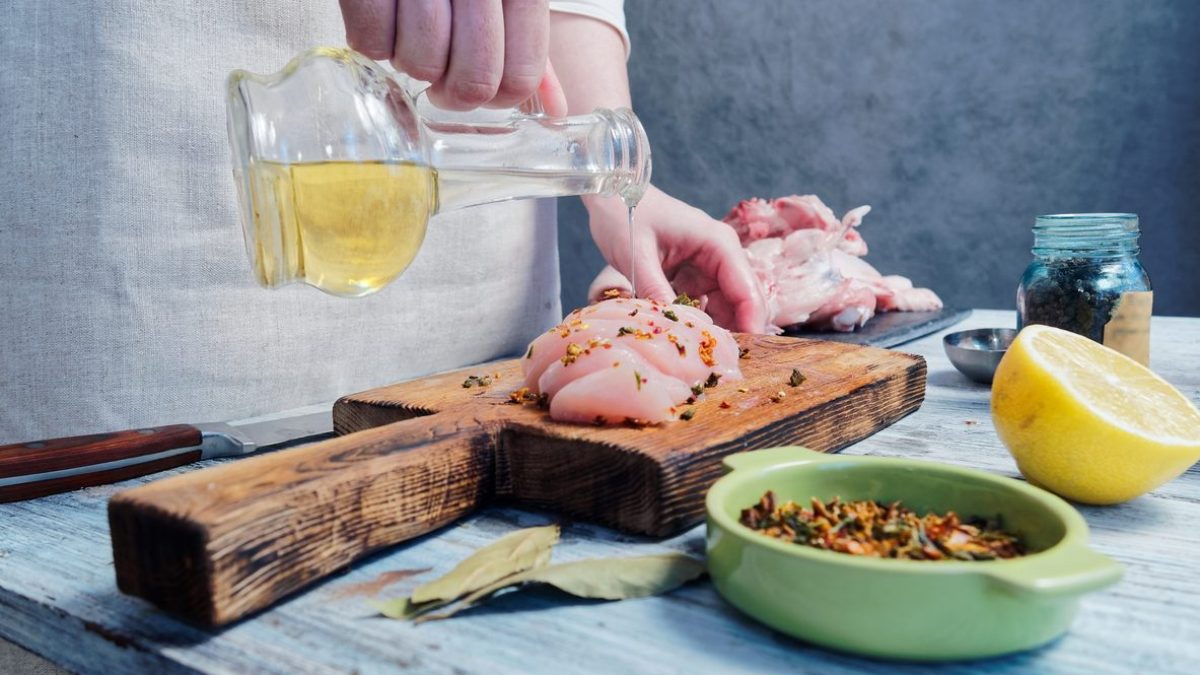
When it comes to food safety, one of the hidden – and therefore most underestimated – dangers is cross–contamination. What does it mean? This term refers to the involuntary transfer of potentially harmful microorganisms and substances, such as bacteria, viruses, and allergens, from one food to another. It can occur directly, through two foods coming into contact with each other, or indirectly, through utensils, work surfaces, and hands. Precisely for this reason, in the restaurant sector, there are strict protocols to be followed to prevent it, such as the well-known HACCP system (acronym for Hazard Analysis and Critical Control Points), a self-certification that identifies critical points and potential risks in order to implement virtuous practices to reduce or avoid them. Preparing lunch or dinner at home requires the same amount of attention, but at home, organization is obviously less structured and, as mentioned above, people often have fewer scruples: using the same knife for multiple dishes, storing leftovers sloppily, or not washing your hands are common habits that, however, can prove harmful to your health. So, let's look at 10 tips to stay safe at home.
1. Always Separate Raw Foods From Cooked Foods
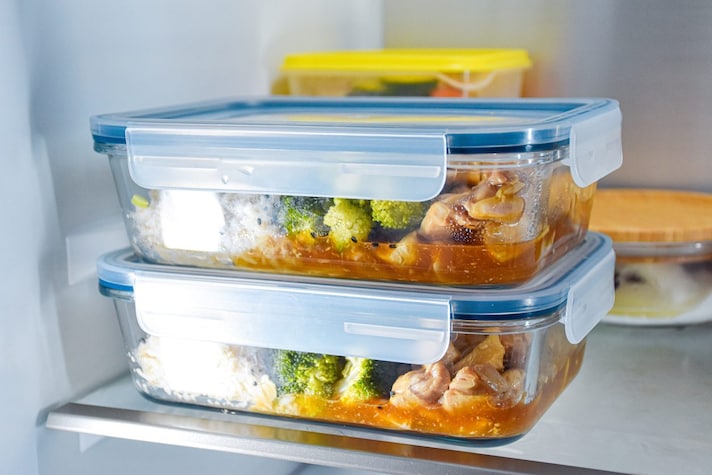
Raw meat, fish, and eggs should be kept away from cooked or ready-to-eat foods, such as salads, cheeses, bread, and fruit, as they can easily transmit the virus. Therefore, use closed containers for storage and never place cooked foods on plates or cutting boards that have previously contained raw foods.
2. Use Different Utensils For Different Foods
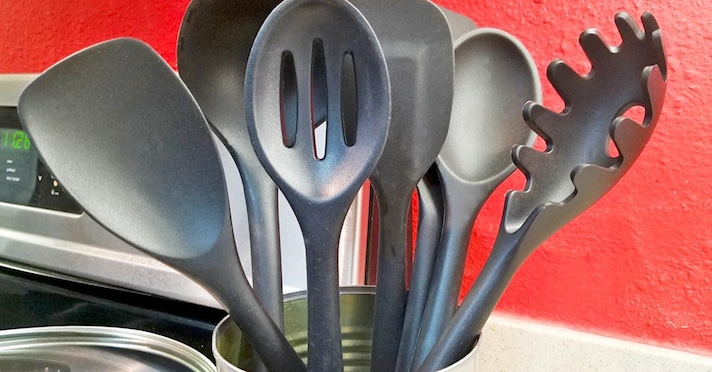
Any tool that comes into contact with raw foods should be thoroughly cleaned before reuse, or replaced with a clean one, whether knives, forks, ladles, or spatulas. The ideal situation would be to have dedicated sets for each food category, copying, for example, from restaurants, the different colored cutting boards for each food type.
3. Don't Forget to Wash Your Hands
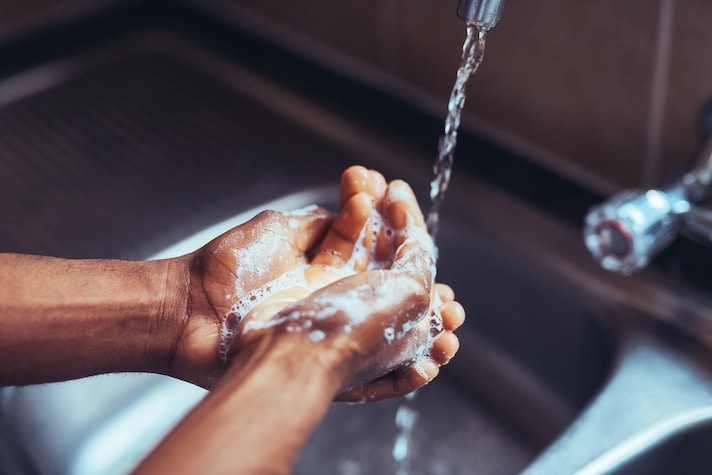
Hands are one of the main vehicles for microbial transmission (and not just in the kitchen), yet many people seem to ignore this. Before cooking, it's advisable to wash your hands with hot water and soap for at least 20 seconds. This is also helpful after handling raw foods, packaging, and every time you switch from one preparation to another. It's also a good idea to do this even if you use your smartphone while preparing meals.
4. Clean Surfaces and Tools
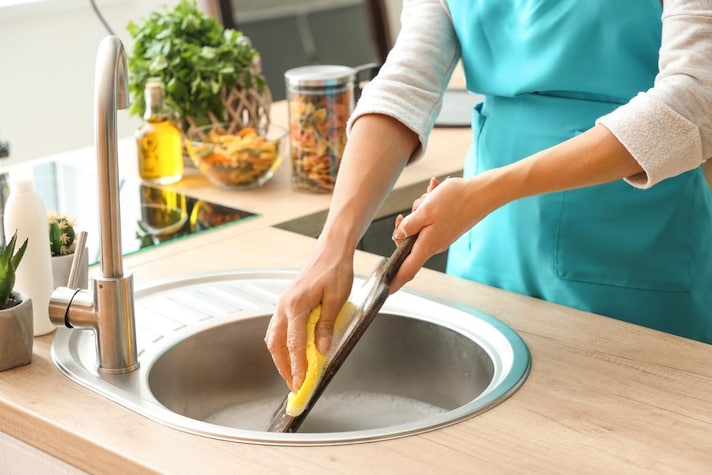
In the kitchen, thorough cleaning isn't enough. A distinction must be made between sanitization and disinfection, two essential steps for reducing the risk of cross-contamination. Sanitizing means removing visible dirt—such as food residue and grease—with hot water and detergents and can be considered a first step. Disinfecting, on the other hand, means eliminating or significantly reducing (up to 99.9%) the microbial load, using specific products, particularly those based on sodium hypochlorite (found in bleach and bleach) and ethyl alcohol.
5. Organize Your Refrigerator Wisely
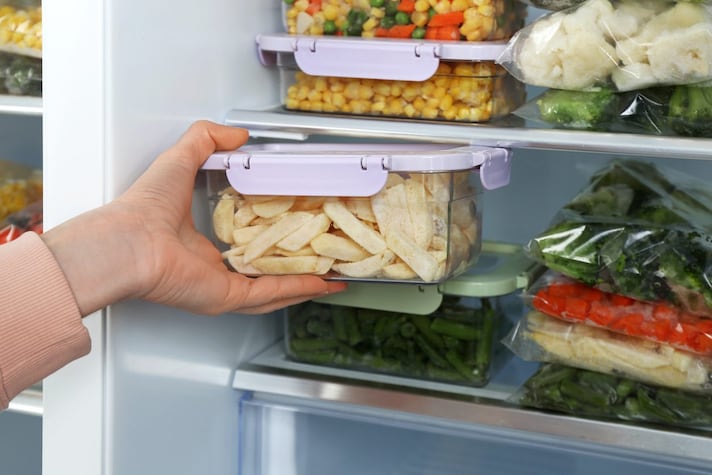
We know that food preservation is another point to pay attention to. Raw foods should be placed on the lower shelves, sealed in airtight containers, to prevent any liquids from leaking onto other dishes. Ready-to-eat or cooked products, on the other hand, are best placed higher up. Don't leave food uncovered or poorly sealed: while it doesn't necessarily mean it's "contaminated," it will spoil much more quickly.
6. Wash and Change Sponges and Dishcloths

Many overlook the role of dishcloths, tea towels, and sponges in cross-contamination. If used to dry hands, dishes, and surfaces indiscriminately, they can become reservoirs of pathogens. Replace them periodically and wash them at high temperatures. Sponges should also be sanitized regularly: one method is to soak the sponge in a solution of water and bleach (1 part bleach to 9 parts water) for at least 5 minutes and let it air dry, avoiding humid places.
7. Be Careful With Homemade Preserves
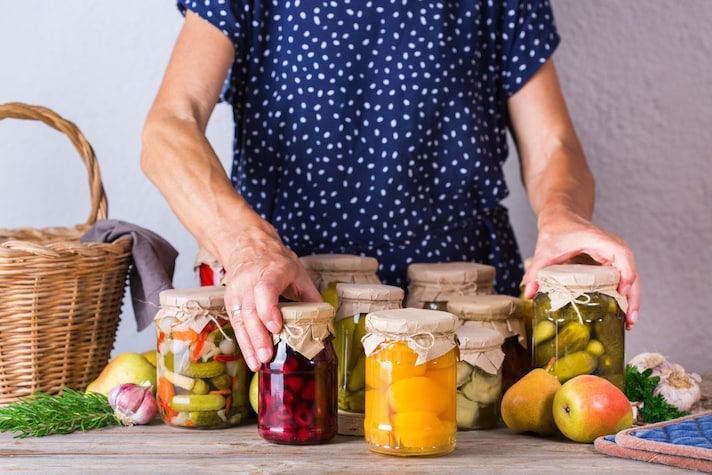
Even a jar of homemade sauce can become a vehicle for contamination (botulism above all) if it hasn't been prepared and stored with the proper precautions. It's recommended to follow the FDA's guidelines for safe home storage, such as sterilizing empty jars, using new lids, and ensuring a vacuum is formed.
8. Cook Food Thoroughly
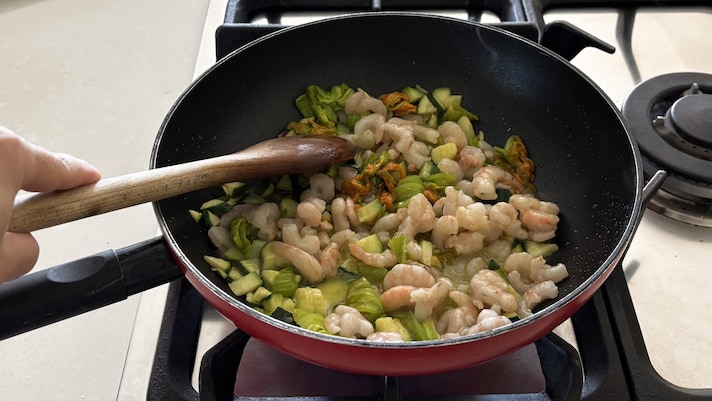
Cooking is a fundamental tool for eliminating any microorganisms present in raw foods. Almost all bacteria are inactivated between 140°F/60°C and 160°F/70°C, while others require temperatures above 210°F/100°C, such as boiling, to be killed.
9. Watch Out for Allergens

Cross-contamination doesn't just involve microorganisms, but also allergens. Peanuts, milk, shellfish, eggs, gluten, and other ingredients can cause even serious reactions in certain individuals. If you're cooking for people with food allergies or intolerances, it's best to use dedicated utensils (including pans and griddles) and countertops, and avoid sharing dishes when serving.
10. Some More Tips on Chicken
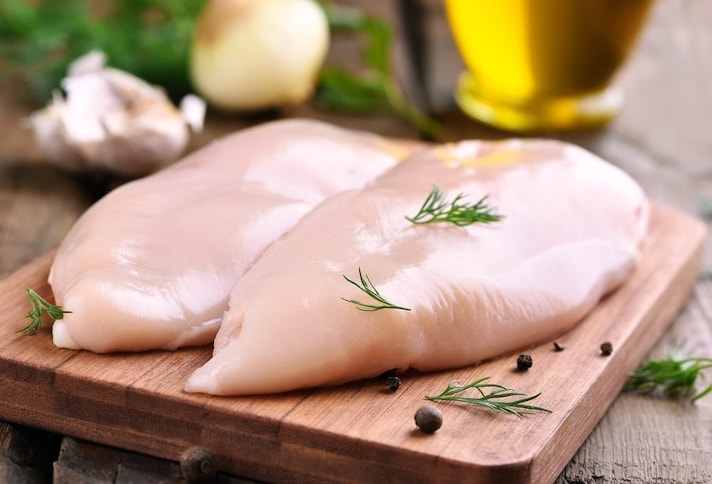
Chicken is one of the most common foods in our kitchens, but also one of the most dangerous in terms of food safety. Its raw meat can be contaminated by pathogenic bacteria such as Campylobacter and Salmonella, which are responsible for various types of gastrointestinal infections. It's important to know that these microorganisms don't alter the appearance or smell of the food, making them impossible to detect. One of the most common mistakes is washing chicken, thinking it eliminates them. While it may seem hygienic, it actually has the opposite effect: the water spreads the bacteria to surrounding surfaces. The best approach, therefore, is not to rinse the chicken, but to wash the objects it comes into contact with raw (and your hands) and only consume it when fully cooked, reaching a core temperature of 170°F/75°C.
;Resize,width=767;)
